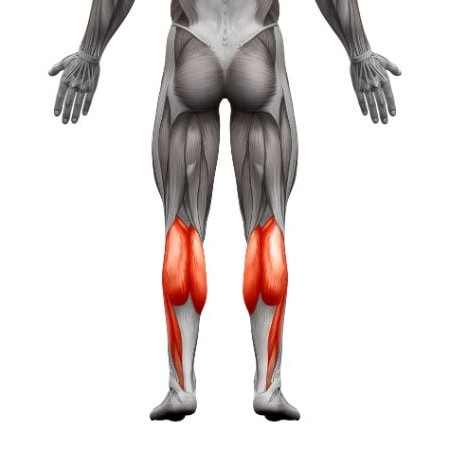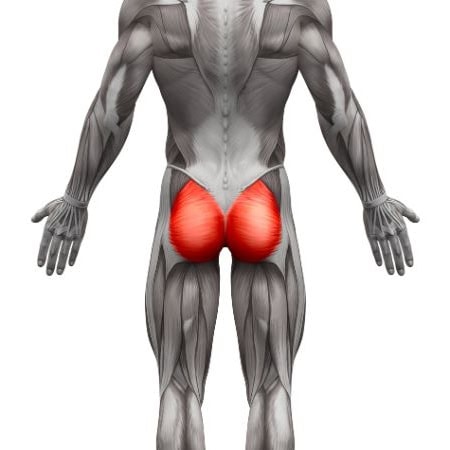Jumping Jack
How to do Jumping Jack?
The Jumping Jack is a simple yet highly effective full-body calisthenics exercise that combines cardio, coordination, and mobility. Performed by rhythmically jumping the feet apart while simultaneously swinging the arms overhead (and then reversing the motion), jumping jacks are a staple in warm-ups, cardio circuits, HIIT workouts, and general conditioning routines.
Despite its simplicity, the jumping jack engages multiple muscle groups and elevates the heart rate quickly, making it ideal for boosting cardiovascular endurance, warming up the joints, and improving rhythm and agility. It’s also joint-friendly and accessible to all fitness levels, including beginners.
There are no specific prerequisites for jumping jacks, as they rely more on coordination and light-impact movement than raw strength. No equipment is needed, though you may benefit from supportive footwear or a soft training surface if you’re doing higher volumes. Variations like low-impact jacks or resistance-band jacks can further tailor the exercise to your needs.
How to Perform a Jumping Jack
1. Starting Position
• Stand upright with your feet together, arms relaxed by your sides, and core engaged.
• Maintain a neutral spine and relaxed shoulders.
2. Jumping Movement
• Jump both feet out to the sides while simultaneously swinging your arms up over your head (palms facing forward or clapping if desired).
• Land softly with knees slightly bent and feet wider than shoulder-width.
3. Return Phase
• Jump your feet back together while lowering your arms back to your sides in a smooth motion.
• Maintain a consistent pace and light impact through the feet.
4. Breathing Pattern
• Inhale during the upward arm swing.
• Exhale as you bring the arms and feet back to the starting position.
5. Repetitions and Duration
• Perform in sets of 30 seconds to 1 minute, or go for 15–30 reps per set.
• Can also be used in HIIT intervals (e.g., 40s on / 20s off) or as a dynamic warm-up.
Benefits of the Jumping Jack
• Boosts Cardiovascular Fitness – Gets the heart rate up quickly, making it ideal for cardio or warm-ups.
• Improves Coordination and Rhythm – Synchronizing arm and leg movements improves neuromuscular control.
• Enhances Joint Mobility – Loosens up the hips, shoulders, and ankles through dynamic motion.
• Engages Full-Body Muscles – Works the legs, arms, core, shoulders, and calves all at once.
• Burns Calories and Aids Fat Loss – A quick and efficient movement for high-rep or high-intensity workouts.
• No Equipment Required – A convenient and effective bodyweight cardio tool for any space.
Common Mistakes to Avoid
• Poor Arm Range of Motion – Avoid flailing or half-swinging the arms. Bring them fully overhead with control.
• Stiff Knees and Ankles – Land softly with a slight bend in the knees to absorb impact.
• Arching or Slouching – Keep the core engaged and your spine neutral throughout the movement.
• Inconsistent Timing – Aim for a smooth, rhythmic pace rather than rushing through reps.
• Holding Your Breath – Breathe steadily to maintain energy and reduce tension.
Gym Equivalent Exercises
Jumping jacks are primarily a bodyweight conditioning move, but here are some similar gym alternatives or enhancements:
• Star Jumps – A more explosive version where you jump higher and fully extend the limbs.
• Jump Rope – Provides rhythmic cardio and coordination with an external tool.
• Elliptical or Treadmill Intervals – Simulate similar cardio benefits with machines.
• Lateral Hops or Ski Jumps – Add agility and side-to-side movement patterns.
• Battle Ropes (Alternating Waves) – Offer similar cardio and shoulder engagement with resistance.
Tips for the proper execution of Jumping Jack
Keep your movements light and bouncy, not stiff or stompy.
Maintain a steady breathing rhythm, especially in longer sets.
Engage your core to support posture and absorb shock.
Land on the balls of your feet and roll through the foot gently to protect your knees.
Scale the speed based on your fitness goal—slower for warm-up, faster for conditioning.
Stay relaxed in the shoulders and arms, avoiding unnecessary tension.
Muscles worked when doing Jumping Jack
Primary Muscles
•Gluteus Medius & Minimus – Engaged during the lateral leg movement.
•Quadriceps & Hamstrings – Contract to power the jumps and maintain stability.
•Deltoids – Actively swing the arms overhead.
•Calves (Gastrocnemius & Soleus) – Responsible for the bounce and push-off.
Secondary Muscles
•Core (Rectus Abdominis & Obliques) – Stabilizes the spine and pelvis.
•Hip Flexors – Assist with leg movement during each jump.
•Upper Back (Trapezius & Rhomboids) – Assist in arm swing and shoulder control.
Primary Muscle(s):
Secondary Muscle(s):

Calf
Equipment needed for Jumping Jack
No equipment needed for this exercise.
Adjust the difficulty of Jumping Jack
The Jumping Jack is one of the most scalable exercises in calisthenics. It can be performed slowly and gently for warm-ups or active recovery, or it can be turned into an intense conditioning tool with speed, resistance, or added variations. Beginners can use the low-impact version or step jacks, while advanced athletes can crank up the intensity with HIIT intervals or weighted jacks. Whether you’re training for endurance, mobility, fat loss, or just looking to stay active at home, the Jumping Jack fits into almost any routine.
How to make Jumping Jack harder?
How to make Jumping Jack easier?
How to make Jumping Jack harder?
To make Jumping Jack harder:
How to make Jumping Jack easier?
To make Jumping Jack easier:
-
Perform Low-Impact Jacks – Step one leg out to the side at a time instead of jumping.
-
Reduce Arm Range – If overhead motion is difficult, raise your arms only to shoulder height.
-
Use a Slower Tempo – Move at half-speed to develop coordination and rhythm.
-
Perform Fewer Reps or Shorter Duration – Start with 15–20 seconds and build up.
-
Use a Wall or Chair for Balance – If needed, use light support for stability when stepping side to side.





